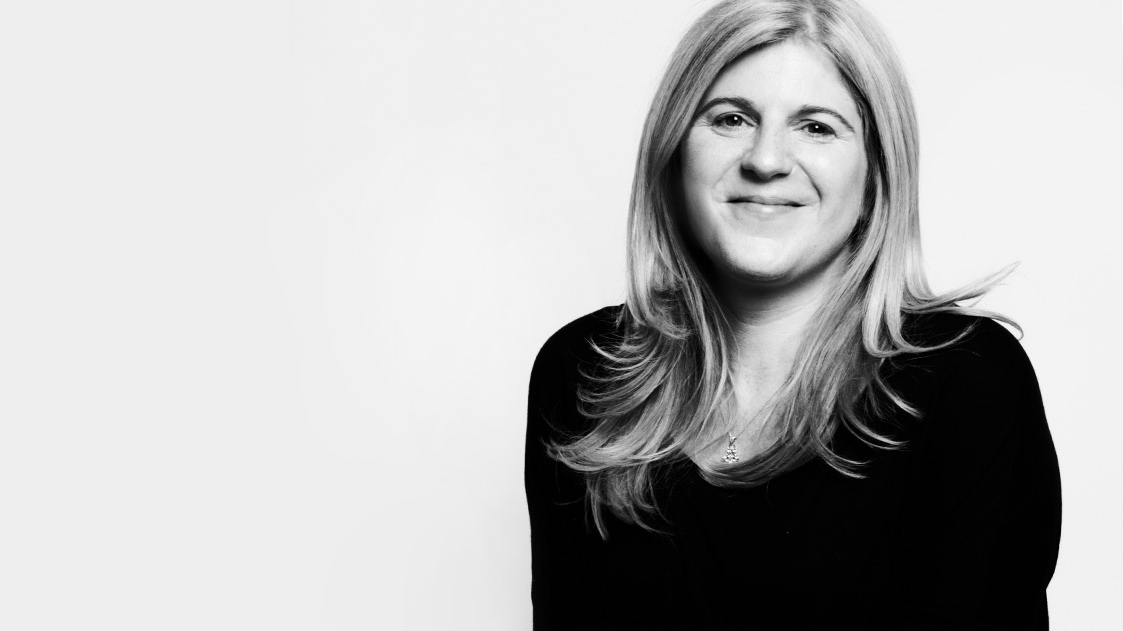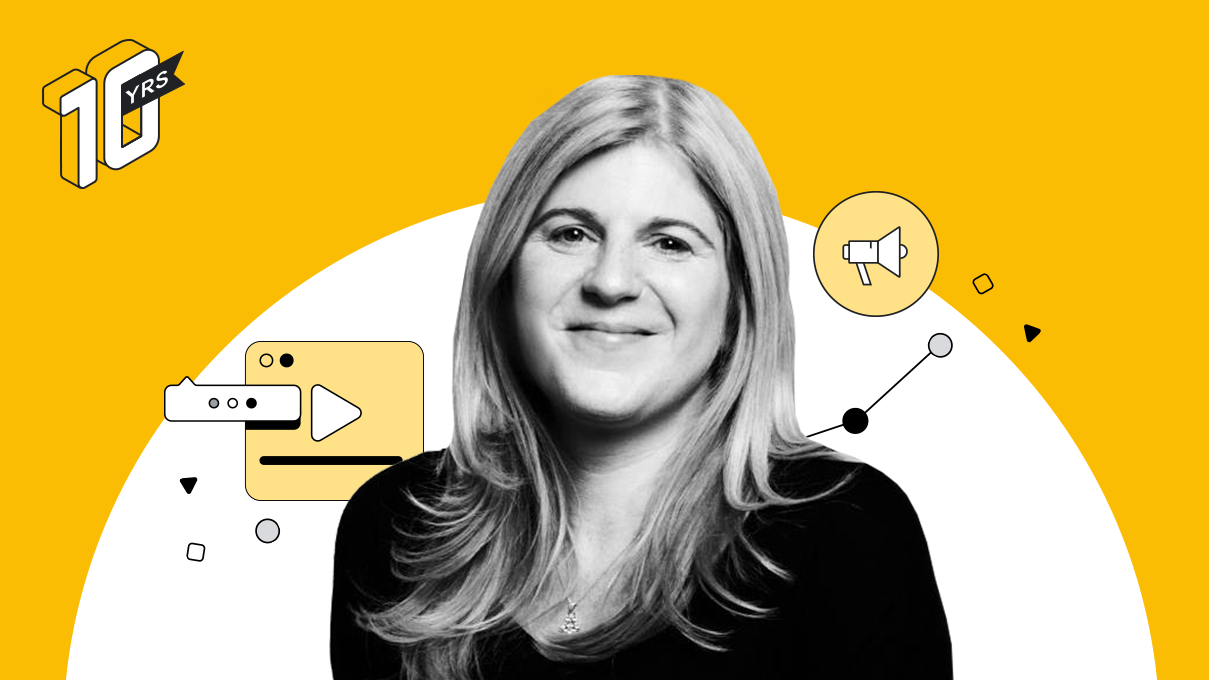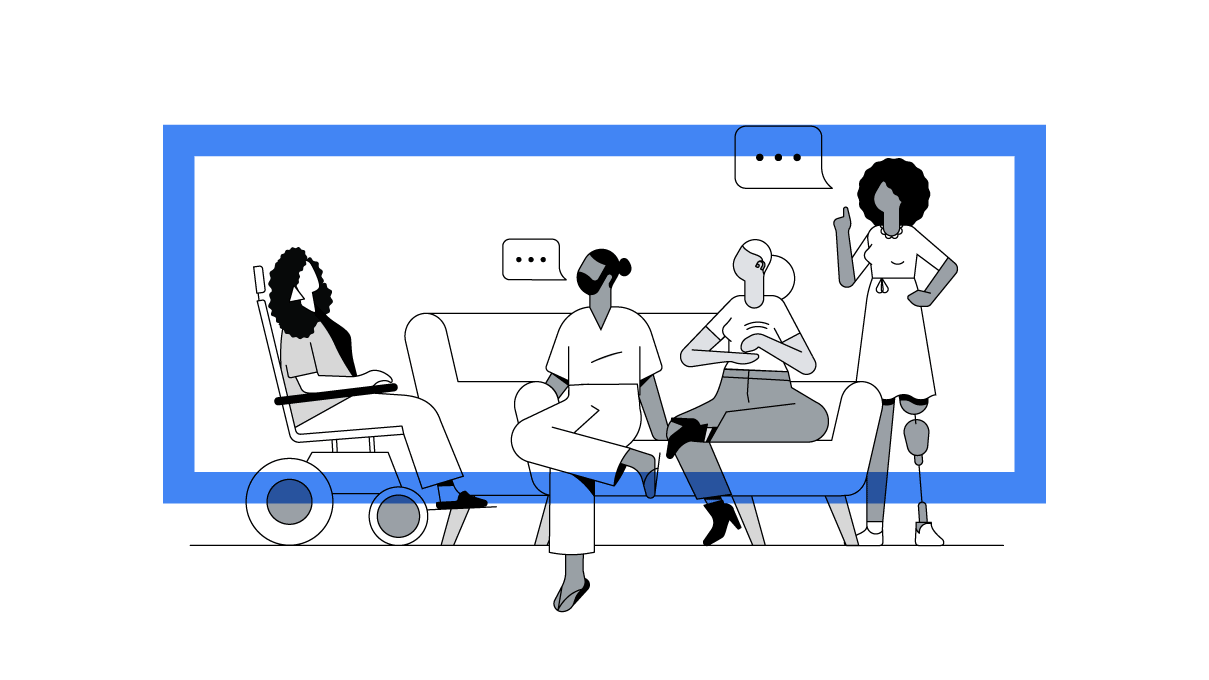Jon Colclough – one of the marketing minds behind Google’s hip-hop doodle and Showtime’s recent Wu-Tang Clan documentary series, who cut his teeth in advertising on Madison Ave. – informs how to move past talking about inclusive marketing and toward long-term progress.

I started my career at a blue-chip New York agency, where I was one of a handful of people of colour overseeing accounts for brands with household names. Now I’m director of brand partnerships and strategy at Mass Appeal, helping brands connect with cultures not native to their DNA. I’ve had the opportunity to experience the industry from two different purviews. It’s a background that’s helped shape my perspective on the industry’s struggle with diversity and inclusion.
We’ve seen progress with the arrival of more women in the C-suite at major agency networks. And the rise of young, independent media companies like Blavity and Remezcla shows how engaged diverse voices are in the digital age. But we’ve also witnessed some of the most influential brands in the world make baffling creative decisions, leading to culturally insensitive moments that sparked wide backlash and public outrage. These missteps highlight why it’s critical brands embrace more inclusive marketing teams.
At Mass Appeal – a media and entertainment company whose mission is to progress the multicultural perspective on a global scale – we’re always thinking about ways to transform mindsets around inclusivity, whether it’s our partnership with Google on the hip-hop doodle or our recent work on Showtime’s documentary series Wu-Tang Clan: Of Mics and Men.
The idea of a general market versus a multicultural one has never sat right with me.
The conversation around the need for more inclusive marketing has been – and will continue to be – an important one. And while I’m glad discussions around the topic are (still) taking place, I’d like to share three lessons I’ve learned that are key to moving past conversations and towards long-term progress.
Lesson No. 1: There is no general market
Early in my career, I felt anxiety over an intense desire to succeed in the old boys’ club. That anxiety was often compounded by conflicts with myself over industry-wide concepts, concepts that I personally challenged.
For instance, the idea of a general market versus a multicultural market has never sat well with me. But this being a concept that predated me, I never blamed my agency or team members. It felt more like an unfortunate bag of shit we all inherited. Eventually, I’d learn I wasn’t the only one at the company who felt like we had been handed the keys to a rusted Edsel – a system so antiquated that one could still see specially designated water fountains in the distance. And as young, entry-level marketers, it can be hard to feel empowered to speak up even when the topic at hand pertains directly to you. How can we expect an industry to embrace a diverse and inclusive workforce when we still look at the people and communities we engage with as monolithic entities? As “general” and as “other”?
As storytellers of the human experience, we have a duty to our clients and the public.
Brands like Fenty Beauty, which reported $500 million in sales during its first year of business, are proving that inclusive marketing is not only good for society but also for a company’s bottom line.
As storytellers of the human experience, we have a duty to our clients and the public. The messages put forth can be equally empowering or detrimental to the audience. Our work informs how many people perceive societal norms, needs and wants. We must take more accountability for what that means in this hyper-connected, ever-evolving media landscape, where folks are searching for the “facts”. The fact is we live in a diverse society – and the advertising we create should reflect that.
Lesson No. 2: Progress starts with company culture
It's harder to be a marketer in 2019. We must be able to envision the entire consumer experience from front to back – all while taking the cultural and social nuances of your audience into consideration.
Meaningful discussions should not just occur when they’re applicable to the creative output; by then it’s already too late.
Achieving this requires a commitment to inclusivity for all marketing teams, and that commitment should come from the top. Making this commitment helps create environments that foster and support open dialogue among colleagues about the social, cultural and political issues that inform the work we do.
Meaningful discussions should not just occur when they’re applicable to the creative output; by then it’s already too late. This should be a foundational element of the company culture. We’ve got to connect as fellow humans first.
We’re lucky to have a very diverse team, and some of the most comforting and in-depth conversations I’ve had surrounding the future of our country have been in the halls of Mass Appeal. There have been headline-grabbing moments in the US in the last few years that have put a lot of our team in a place of unease. Peter and Sacha (our CEO and CCO, respectively) have been quick to organise open forums for us to speak freely. Knowing that your senior leadership is willing to facilitate those difficult conversations and be “in the weeds” with the rest of the team builds trust. It's that consistent willingness that helps our team transcend being co-workers and graduate to family.
Lesson No. 3: Don’t be a ‘cultural tourist’
To tap into the emotional perspectives of people unlike you, be willing to invite them to a seat at the table. There’s a vulnerability to embracing diversity. It’s amazing to see what collaborative efforts in a truly diverse atmosphere can produce. Plus, a diverse body of perspectives within an organisation lessens the propensity for group-think and gives brands a better chance of avoiding unnecessary pitfalls.
People are smart and can decipher between what’s made “for us” versus what’s made “by us”.
While working with the Google Doodle team to celebrate the 44th anniversary of hip-hop, we enlisted the help of notable hip-hop pioneers to consult on the authenticity of the interactive experience. The team at Google took this step in the process extremely seriously. It was important to them to ensure the trailblazers of the movement weighed in on the creative, rather than having a team of “cultural tourists” create their best karaoke rendition.
It’s imperative to include voices from groups you’re aiming to connect with during the creative process. People are smart and can decipher between what’s made “for us” versus what’s made “by us”. So, brands and agencies: Do us all a favour and please include us.






